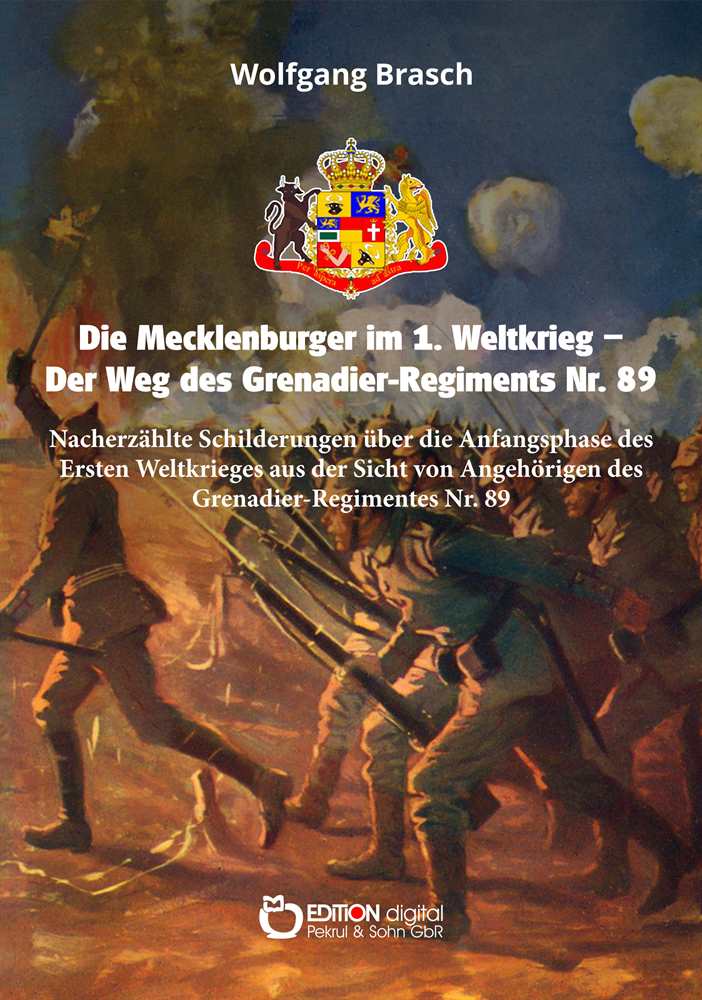
Timms effectively wove his arguments on musical and textual subversion, particularly the invisible line between popular and military music, with live piano and recorded excerpts of a few of the one-hundred pieces quoted in Kraus’s cataclysmic drama.Ĭultural mobilization and the limits of the so-called ‘Augusterlebnis,’ or August Madness, represented a major theme problematized across many panels. EDWARD TIMM’s (Sussex) well-attended presentation, “Musical Subversions of Militarism in Karl Kraus's Die letzten Tage der Menschheit,” represented a musical performance in and of itself: a performance which, as Timms reminded the audience, Kraus might have approved of given the way that a piano typically accompanied Kraus’s lectures. Yet in both cases such initial patriotic euphoria expressed through music grew thin. The evening concert complemented a panel session on wartime music earlier that afternoon: THOMAS STEIERT’s (Bayreuth) paper on Soldatenlied and Kunstmusik and ANITA MAYER-HIRZBERGER’s (Vienna) arguments on the August Madness and the Wandervogel movement’s collection of folk songs: songs which were originally collected to be sung when hiking but were misused during the war effort in mass concerts against the movement’s founding principles.

Likewise, on Thursday evening, a musical program featured patriotic songs from prominent operetta and Wiener Lieder composers, as well as settings of poems by Richard von Kralik and Franz Eichert. The textual and visual congruence between the film-newsreels and papers, for instance used in Matthew Stibbe’s talk on civilian internment camps and Lutz Mutzner’s paper on Alice Schalek’s coverage of the Isozno Front, offered participants unique cinematic frames of reference.
#Soldatenlieder 1. weltkrieg series
THOMAS BALLHAUSEN (Filmarchiv Austria) introduced a series of rare film clips, ranging from footage of the repatriation of the assassinated Archduke’s and Archduchess’s bodies back to Vienna, to shots of civilian internment camps and the Austrian General Staff, to selections from the wartime farce “Wien im Krieg” (1916) mentioned in Robert von Dassanowsky’s paper on Austrian wartime film. Further bolstering the conference’s multinational, interdisciplinary character, “Cultures at War” paired analytical papers on Austria-Hungary’s cultural front with sessions spotlighting the actual artifacts of wartime cultural mobilization, such as film, music and poetry. While the majority of papers tended to focus on Cisleithania, a significant minority of presenters centered their talks on wartime culture in the Hungarian, Czech, Croatian, and Romanian lands. The strongest, most engaging papers, including the majority of those presented in the opening and closing plenary sessions, spoke across the disciplines rather than to field-specific internal dialogues. Interdisciplinary fluidity and multi/transnational perspectives on Austria-Hungary’s war of culture and ideology constituted one of the conference’s major strengths. The conference also marked the launch of distinguished Kraus biographer Edward Timms’ memoirs, Taking Up the Torch: English Institutions, German Dialectics and Multi-Cultural Commitments, at a reception hosted by Austrian Ambassador Dr. Proceedings were conducted bilingually in German and English, with participants switching freely between languages in the stimulating question and answer sessions. Key themes probed included cultural mobilization and the Augusterlebnis tensions between supranational and national loyalties as well as elite and popular culture censorship in literature, art, and theater center and periphery relations gender, pacifism and the feminist Burgfrieden.



Like the diverse lands and peoples of late-Imperial Austria-Hungary, conference participants hailed from a variety of disciplines including history, art history, literature and theater and film studies, and harnessed a wide range of textual, visual, and musical sources. The conference brought together over thirty-five scholars from Central Europe, the United Kingdom, and the United States presenting to fellow scholars, students, and the general public. Underwritten by the Austrian Cultural Forum London, the Modern Humanities Research Association and the Oxford Regius Professor of History, “Cultures at War: Austria-Hungary 1914-1918” spread new research on the production, dissemination, and reception of culture in the Habsburg monarchy during and immediately after the Great War.


 0 kommentar(er)
0 kommentar(er)
